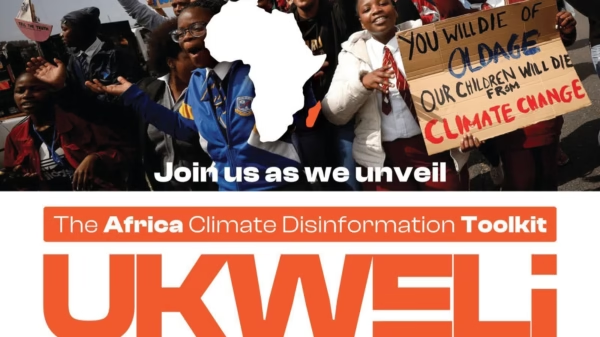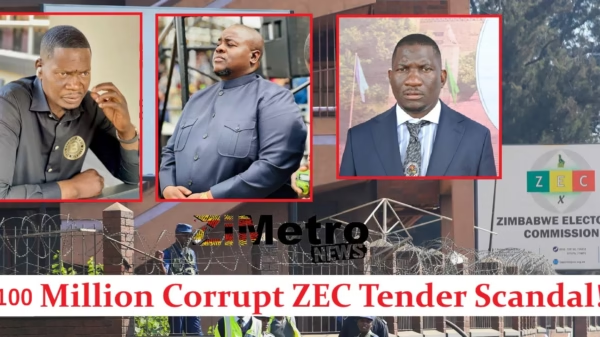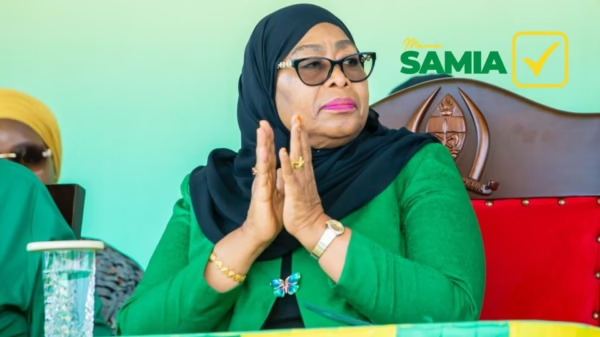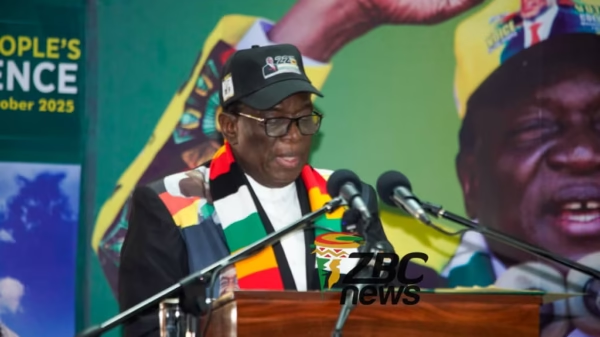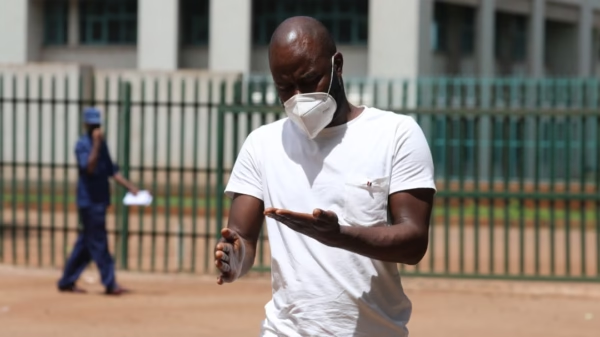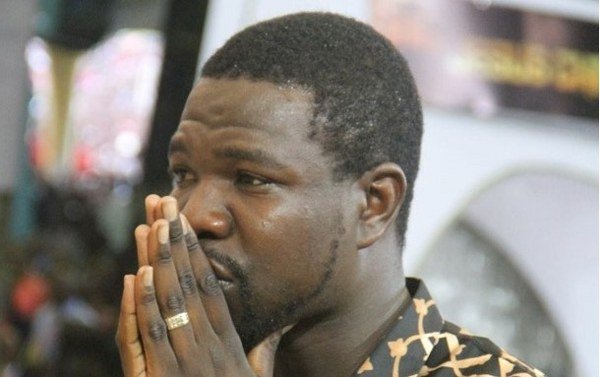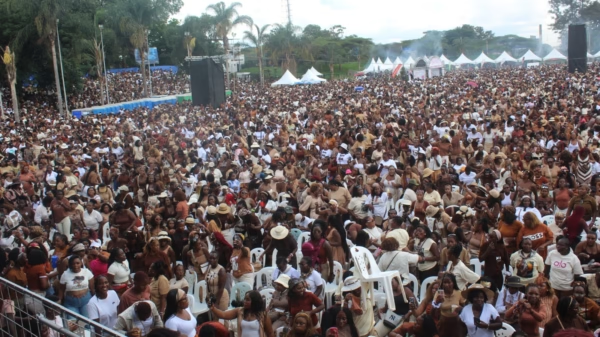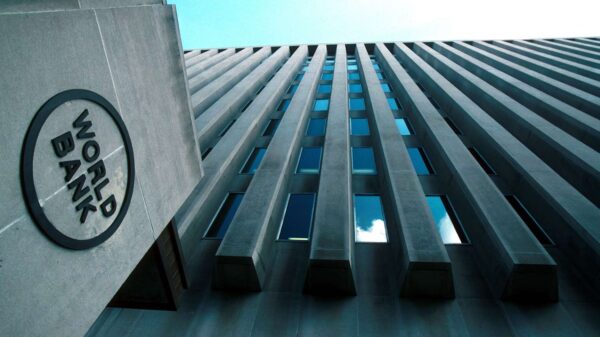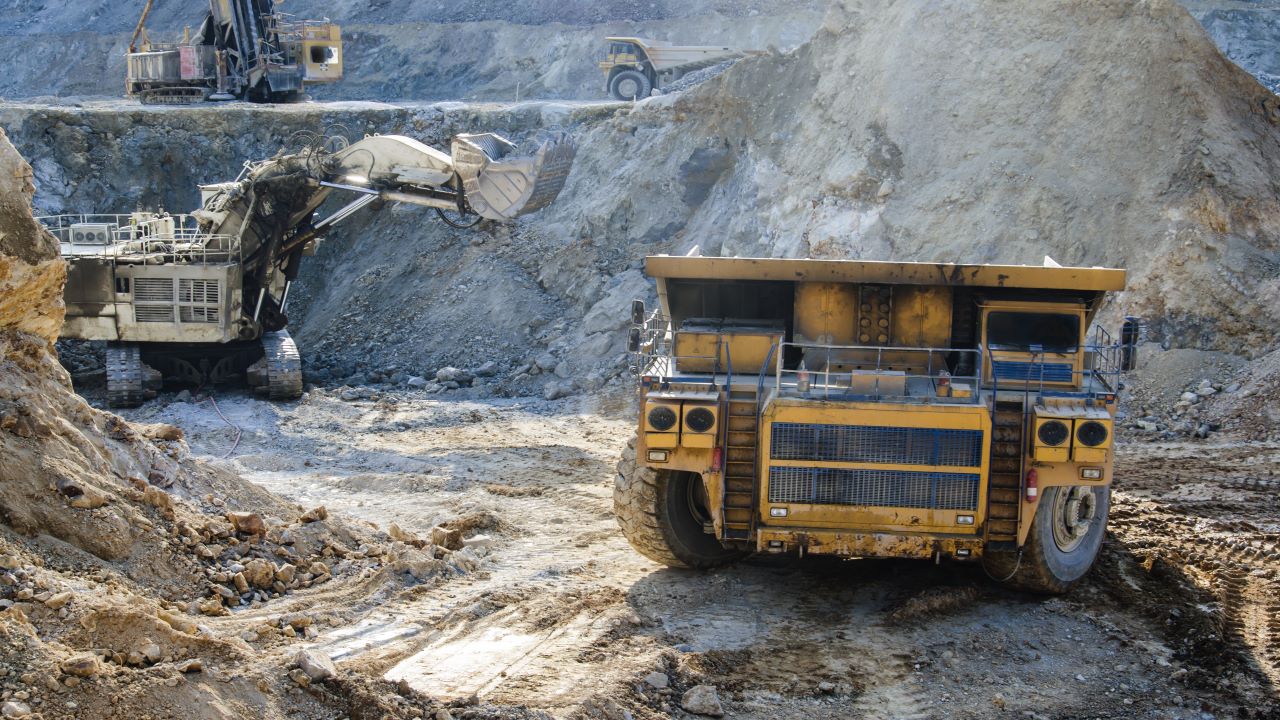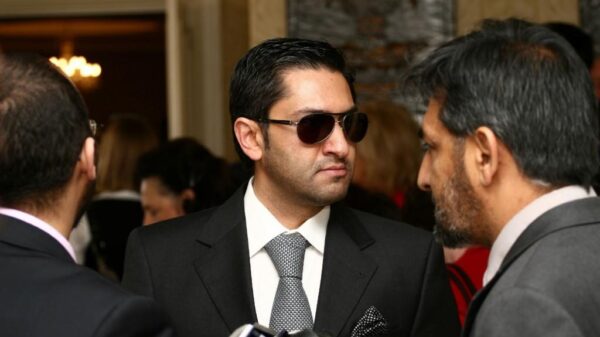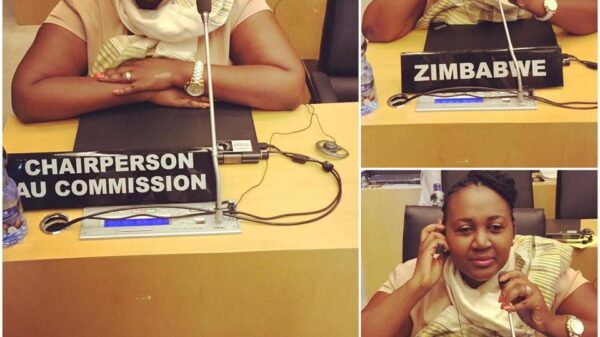According to the 2023 Critical Minerals Market Review by the International Energy Agency, demand for lithium, for example, tripled from 2017 to 2022.
Global demand for critical minerals, particularly lithium, is growing rapidly to meet clean energy and de-carbonisation objectives.
Africa hosts substantial resources of critical minerals.
As a result, foreign mining companies are rushing to invest in exploration and acquire mining licences.
According to the 2023 Critical Minerals Market Review by the International Energy Agency, demand for lithium, for example, tripled from 2017 to 2022.
Similarly, the critical minerals market doubled in five years, reaching US$320 billion in 2022.
The demand for these metals is projected to increase sharply, more than doubling by 2030 and quadrupling by 2050.
Annual revenues are projected to reach US$400 billion.
In our recent research, we analysed African countries that produce minerals that the rest of the world has deemed “critical”.
We focused on lithium projects in Namibia, Zimbabwe, the Democratic Republic of Congo (DRC) and Ghana. We discovered these countries do not yet have robust strategies for the critical minerals sector. Instead they are simply sucked into the global rush for these minerals.
We recommend that the African Union should expedite the development of an African critical minerals strategy that will guide member countries in negotiating mining contracts and agreements.
The strategy should draw from leading mining practices around the world. We also recommend that countries should revise their mining policies and regulations to reflect the opportunities and challenges posed by the increasing global demand for critical minerals.
Otherwise, African countries that are rich in critical minerals will not benefit from the current boom in demand.
What are critical minerals?
There is no universal consensus on what critical minerals are. Various regions and institutions have different lists of critical minerals, and the contents of these lists keep changing. For instance, Australia has classified 47 minerals as critical. The European Union has identified a list of 34 critical raw materials that are important to the EU economy and face a risk of disruption. The US critical minerals list contains 50 elements, 45 of which are also considered strategic minerals.
Each country or region has reasons why these minerals are classified as critical. For most western countries, minerals are critical if they are essential for a low carbon economy or for national security have no substitutes are vulnerable to supply chain disruption.
Also read: Police Reveal More Details on the Tragic Mabvuku Road Accident That Claimed Five Lives
Lithium projects in Africa
At the time of our research there were 18 lithium projects at various stages, from early-stage exploration to production, across Africa. We focused on those in Namibia, Zimbabwe, the DRC and Ghana.
Our research revealed that conversations on Africa’s critical minerals had largely been shaped by geostrategic and economic opportunities arising from demand from western countries and China.
Less attention was paid to the supply chains African countries should secure for current and future industrial applications.— Moneyweb.
For comments, Feedback and Opinions do get in touch with our editor on WhatsApp: +27 82 836 5828

For comments, Feedback and Opinions do get in touch with our editor on WhatsApp: +44 7949 297606.




